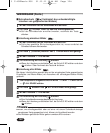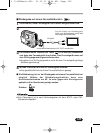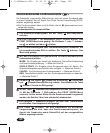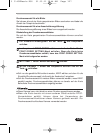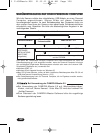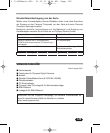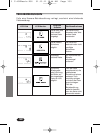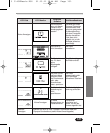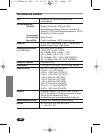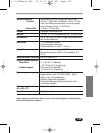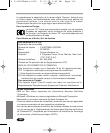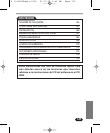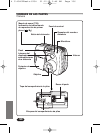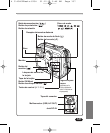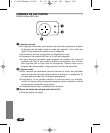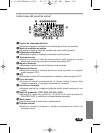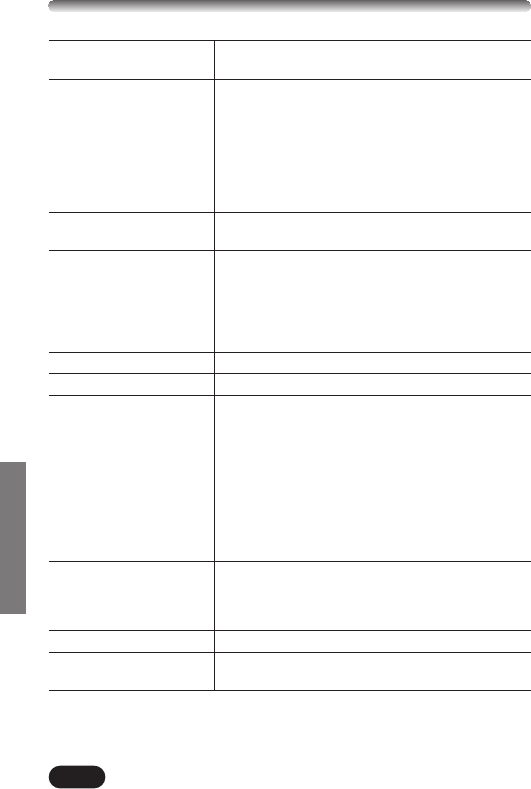
132
Typ Digitalkamera (Bildaufzeichnung und
-wiedergabe).
Aufnahmesystem
Fotobild Digitale Aufnahme, JPEG (mit DCF-
Unterstützung ([Design Rule for Camera File
System]), TIFF (ohne Datenkompression), DPOF
(Digital Print Order Format)
Tonaufnahme
für Fotobilder
Wave-Format
Movie-Bild QuickTime Motion JPEG-Unterstützung
Speicher 3 (3,3) Volt-SmartMedia, 4 MB – 128 MB (alle
Ausführungen außer 2 MB-Karte)
Bildspeicherkapazität Aufnahme ohne Tonsignal
(mit 16 MB-Karte)
1 Bild (TIFF: 2.272 x 1.704).
Ca. 5 Bilder (SHQ: 2.288 x 1.712).
Ca. 16 Bilder (HQ: 2.272 x 1.704).
Ca. 49 Bilder (SQ1: 1.280 x 960 NORMAL).
Ca. 165 Bilder (SQ2: 640 x 480 NORMAL).
Effektive Pixelzahl 3.950.000 Pixel
Bildwandler 1/1,8 Zoll CCD-Chip, 4.130.000 Pixel (brutto).
Bildauflösung 2.272 x 1.704 Pixel (TIFF/HQ).
2.288 x 1.712 Pixel (SHQ).
2.048 x 1.536 Pixel (TIFF/SQ1).
1.600 x 1.200 Pixel (TIFF/SQ1).
1.280 x 960 Pixel (TIFF/SQ1).
1.024 x 768 Pixel (TIFF/SQ2).
640 x 480 Pixel (TIFF/SQ2).
3.200 x 2.400 Pixel (SHQ/HQ).
2.816 x 2.112 Pixel (SHQ/HQ).
2.560 x 1.920 Pixel (SHQ/HQ).
Objektiv Olympus Objektiv 7,25 bis 20,3 mm, f2,8 bis
f4,8, 7 Elemente in 5 Gruppen (entspricht einem
35-bis 98-mm-Objektiv bei einer
Kleinbildkamera), mit asphärischer Glaslinse.
Belichtungsmessung Digitale ESP-Messung, Spotmessung
Blende W : f2,8, f3,4, f4,0, f4,8, f5,6, f8,0
T : f4,8, f5,6, f8,0
TECHNISCHE DATEN
3 C-40ZBasic-D90 01.10.11 9:44 AM Page 132



